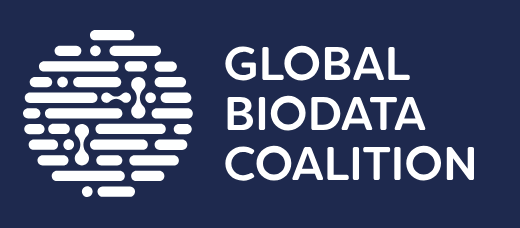The name of this superfamily has been modified since the most recent official CATH+ release (v4_4_0). At the point of the last release, this superfamily was named:
"Potassium Channel Kv1.1; Chain A
".
FunFam 137: Keap1, isoform A
Please note: GO annotations are assigned to the full protein sequence rather than individual protein domains. Since a given protein can contain multiple domains, it is possible that some of the annotations below come from additional domains that occur in the same protein, but have been classified elsewhere in CATH.
There are 1 GO terms relating to "molecular function"
The search results have been sorted with the annotations that are found most frequently at the top of the
list. The results can be filtered by typing text into the search box at the top of the table.
| GO Term | Annotations | Evidence |
|---|---|---|
|
Protein homodimerization activity GO:0042803
Interacting selectively and non-covalently with an identical protein to form a homodimer.
|
1 | Q7KSF5 (/IDA) |
There are 2 GO terms relating to "biological process"
The search results have been sorted with the annotations that are found most frequently at the top of the
list. The results can be filtered by typing text into the search box at the top of the table.
| GO Term | Annotations | Evidence |
|---|---|---|
|
Response to oxidative stress GO:0006979
Any process that results in a change in state or activity of a cell or an organism (in terms of movement, secretion, enzyme production, gene expression, etc.) as a result of oxidative stress, a state often resulting from exposure to high levels of reactive oxygen species, e.g. superoxide anions, hydrogen peroxide (H2O2), and hydroxyl radicals.
|
2 | Q7KSF5 (/IMP) Q9VEN5 (/IMP) |
|
Protein autoubiquitination GO:0051865
The ubiquitination by a protein of one or more of its own amino acid residues, or residues on an identical protein. Ubiquitination occurs on the lysine residue by formation of an isopeptide crosslink.
|
1 | Q7KSF5 (/IDA) |
There are 2 GO terms relating to "cellular component"
The search results have been sorted with the annotations that are found most frequently at the top of the
list. The results can be filtered by typing text into the search box at the top of the table.
| GO Term | Annotations | Evidence |
|---|---|---|
|
Nucleus GO:0005634
A membrane-bounded organelle of eukaryotic cells in which chromosomes are housed and replicated. In most cells, the nucleus contains all of the cell's chromosomes except the organellar chromosomes, and is the site of RNA synthesis and processing. In some species, or in specialized cell types, RNA metabolism or DNA replication may be absent.
|
2 | Q7KSF5 (/IDA) Q9VEN5 (/IDA) |
|
Polytene chromosome puff GO:0005703
A swelling at a site along the length of a polytene chromosome, thought to be the site of active transcription.
|
2 | Q7KSF5 (/IDA) Q9VEN5 (/IDA) |
